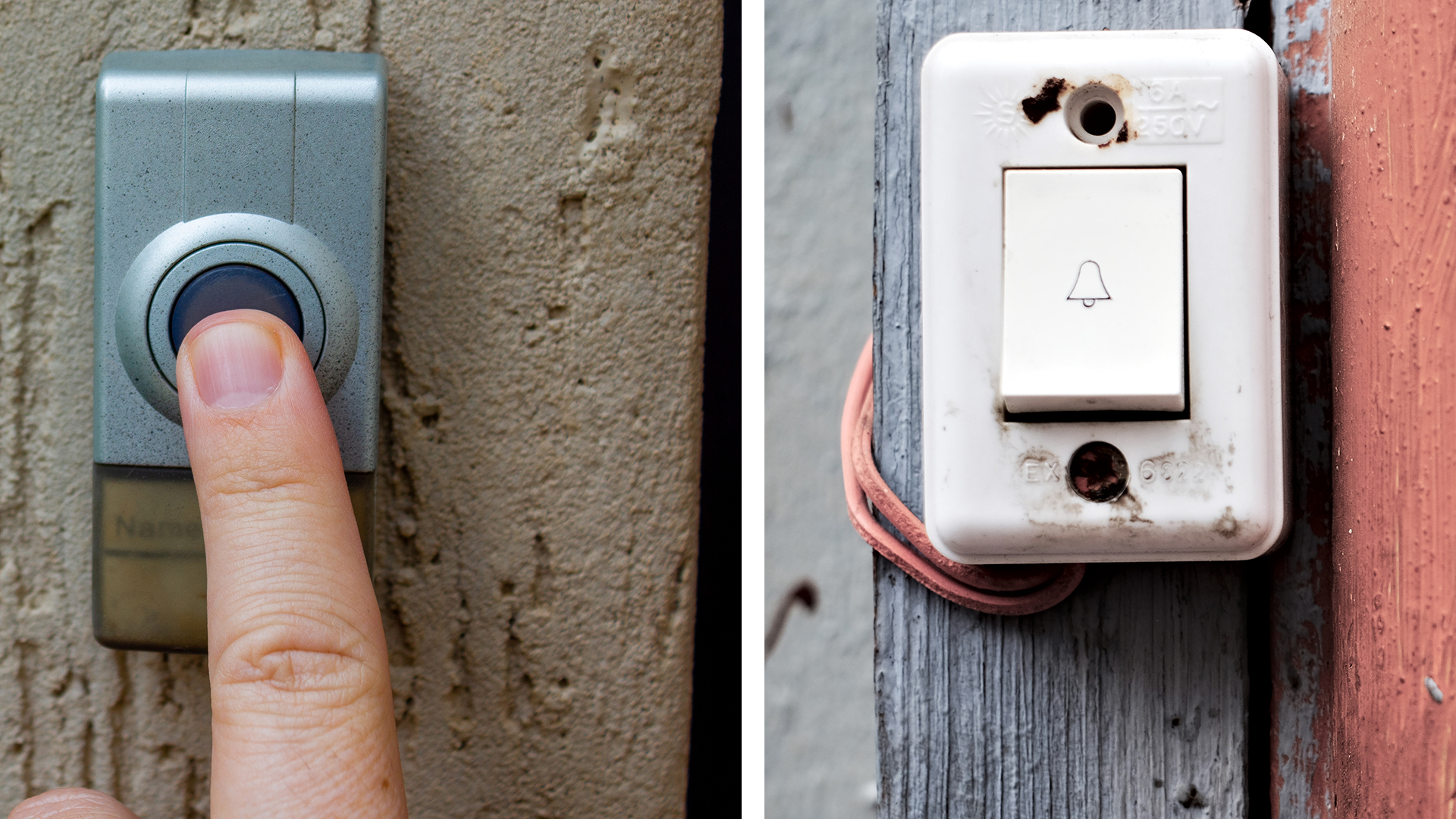Homeowners are increasingly willing to incorporate cutting-edge technology into their living spaces.
From smaller gadgets to larger appliances that connect with WiFi and are controlled from your laptop or smartphone, provide numerous opportunities to stay connected. And one such home accessory is electronic doorbells, which come with several features and can be customized according to your requirements.
While homeowners get to know about visitors through wired doorbells, they may break down frequently. Hence, people consider replacing them with advanced wireless doorbells loaded with extra features.
In this guide, we will compare wired and wireless doorbells to help you determine which one is beneficial with respect to safety and ease of use. So, let’s dive in!
Wired Vs. Wireless Doorbell
Wired Doorbells
A successful wired doorbell installation will always almost require a professional, as it’s a complicated process and involves undertaking several tasks. Wireless doorbells, albeit expensive, are easy to install and can save you a few dollars required for professional installation.
Pros
- Functional and practical
- High-quality sound
- Great design options
- A direct line ensures consistency
Cons
- Difficult to install
- Work in a limited range
Things To Consider When Purchasing A Wired Doorbell
A. Installation And Maintenance
A wired doorbell is connected to the switch placed outside through electrical wiring. The transformer, located next to the circuit breaker box, must be connected with the wires to ensure proper voltage flow. And as mentioned earlier, you need to hire a professional for a wired doorbell installation.
Sometimes, the wires serving as the connector get damaged and need replacements and the whole process needs experts. Plus, maintaining a doorbell isn’t an easy job, especially the DIY way.
B. No-interference
As wired doorbells don’t emit any radio frequencies in the air, they don’t interfere with the signal range of electric appliances like smartphones. In these appliances, the signals travel through the wires or cables.
C. More Decorative Options
Wired doorbells come in different colors and with intricate designs, including elegant wood and antique metallic structures. Hence, you can choose the ones best suited for your decor.
D. Traditional Chimes
Traditional doorbells are a great choice if you love classic chimes with a rich, symphonic sound. Moreover, you can have different bell tunes indoors and outdoors. But the only downside is you can’t change the sounds later on.
Wireless Doorbells
Wireless doorbells are more classy and stylish than wired ones but are much more expensive. Nevertheless, the wireless options are much superior in terms of their features.
These can be installed anywhere, and you can even install them by following just a few simple instructions. The transmitter in a wireless doorbell is connected to an outdoor button that sends radio waves to the receiver or speaker bell installed indoors.
Pros
- Easy to install
- Several chime options
- Can be used for long distances
- Come with numerous features
Cons
Now, let’s discuss what are the features that a wireless doorbell offers.
Features Of A Wireless Doorbell
A. Versatility
A wireless doorbell is versatile in terms of its installation, as it can be installed and moved anywhere according to your convenience. Just mount it on the wall using some screws or other simple fasteners. Furthermore, they don’t need any wires to connect to the speaker; instead, they emit radio waves.
B. Durability
These doorbells are not troubled by frequent malfunctions, as is often the case with the wired ones. And these are more durable and require less maintenance.
C. Multiple Frequency Channels
A receiver and transmitter should be within the signal range of 150-1000 feet for the bell to work properly. This ensures that the radio signals transmitted from outside reach the internal receivers and you can hear the front porch clearly.
Apart from that, you’ll get multiple channel operations on this device, which allows setting up a frequency channel that doesn’t interfere with your neighbor’s doorbell frequency.
D. Supports Multiple Receivers
You can use multiple receivers to transmit signals to each part of your property. Besides, you can get your hands on portable receivers to carry in the backyard or garage and expand their reach by including additional transmitters or receivers. But make sure all the buttons are compatible with each other.
E. Security Feature
Some wireless doorbells also come with additional security features like a video camera and a night vision feature that creates a visitor’s log. You can even talk with a visitor over WiFi and record your conversation before even opening the door.
Besides, they come with a motion detection system that detects sound and movement in front of the door. With an in-built alarm system, they can alert the homeowners in case of a break-in or burglary attempt.
Which Option Is Better For You?
The features you require will determine if you need a wireless or a wired doorbell. And it’s worth considering if you’re ever going to upgrade your system in the future. You can make an informed decision by understanding the features discussed above.
In short, wireless doorbells are preferred by most homeowners owing to the features they offer. These are chosen for their safety, convenience and security. Aside from that, these can be customized to produce any sound of your choice.
On the other hand, many people prefer wired ones due to their numerous design options, which can suit varied home decors. Plus, these are safe from hackers who may seek to access your house through WiFi or other such technologies.
Final Words
This has brought us to the end of our guide today.
You will find the same manufacturer designing both wired and wireless doorbells to suit different user requirements. So, if you’re looking to replace the existing one, you may well consider the other options offered by the same manufacturer or try out a new brand.
In either case, take note of the features and see if they are the right match for your needs and budget. We will see you next time, goodbye and take care!






